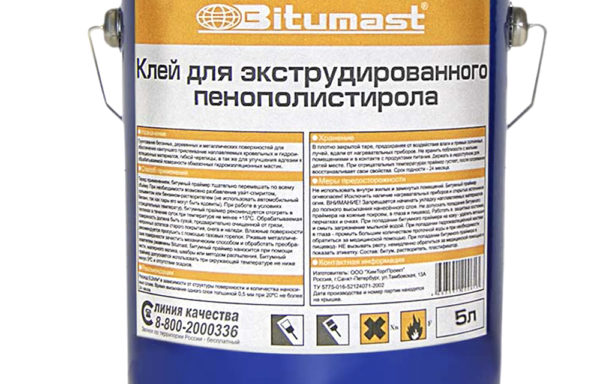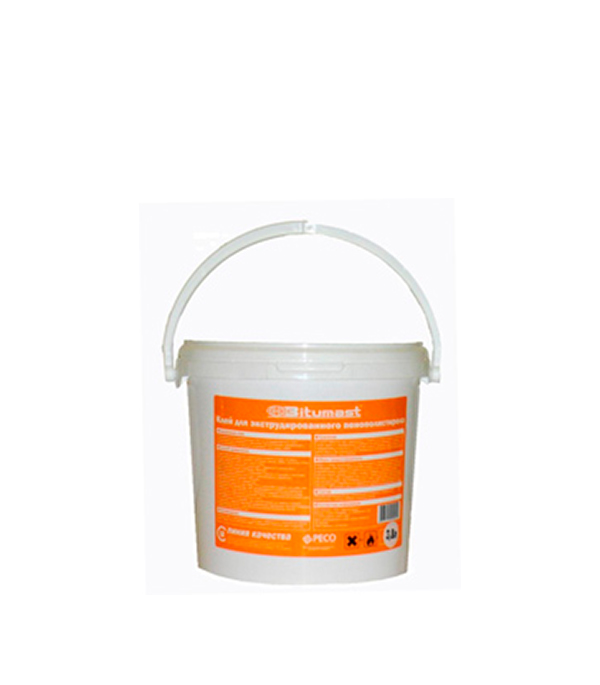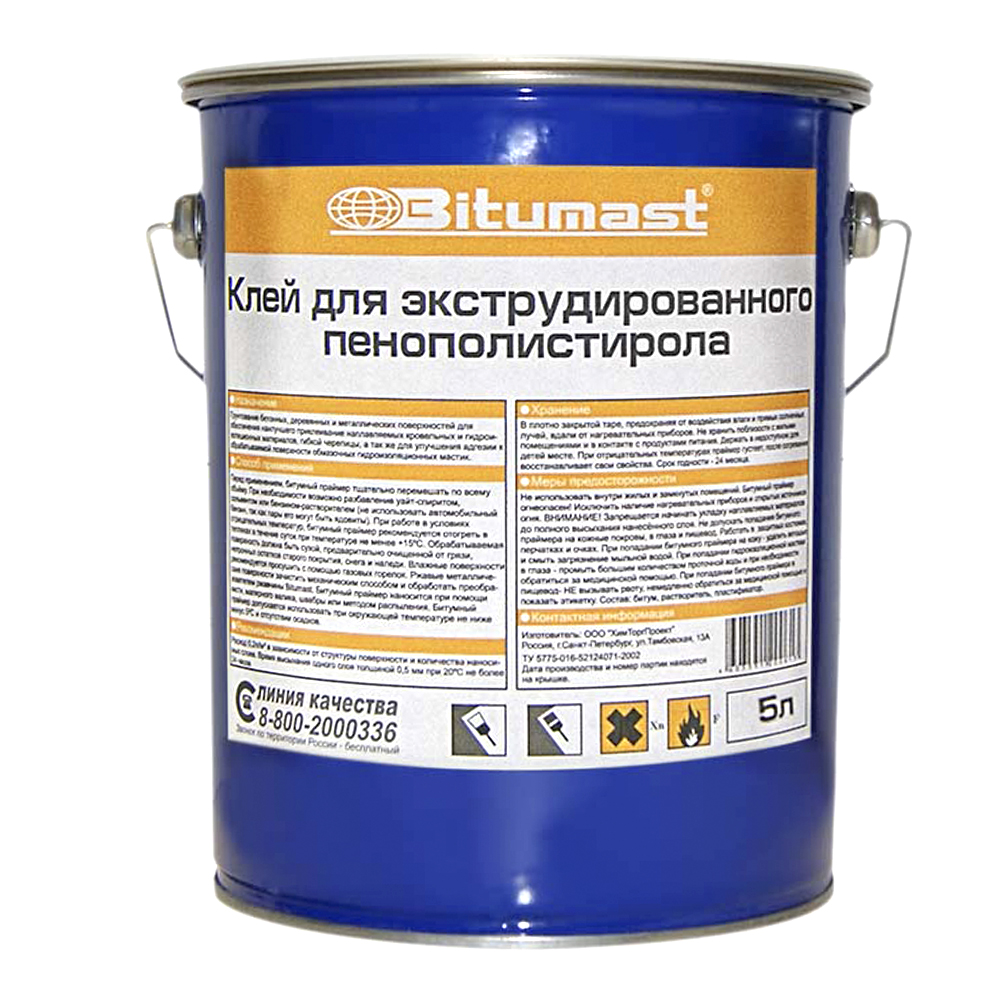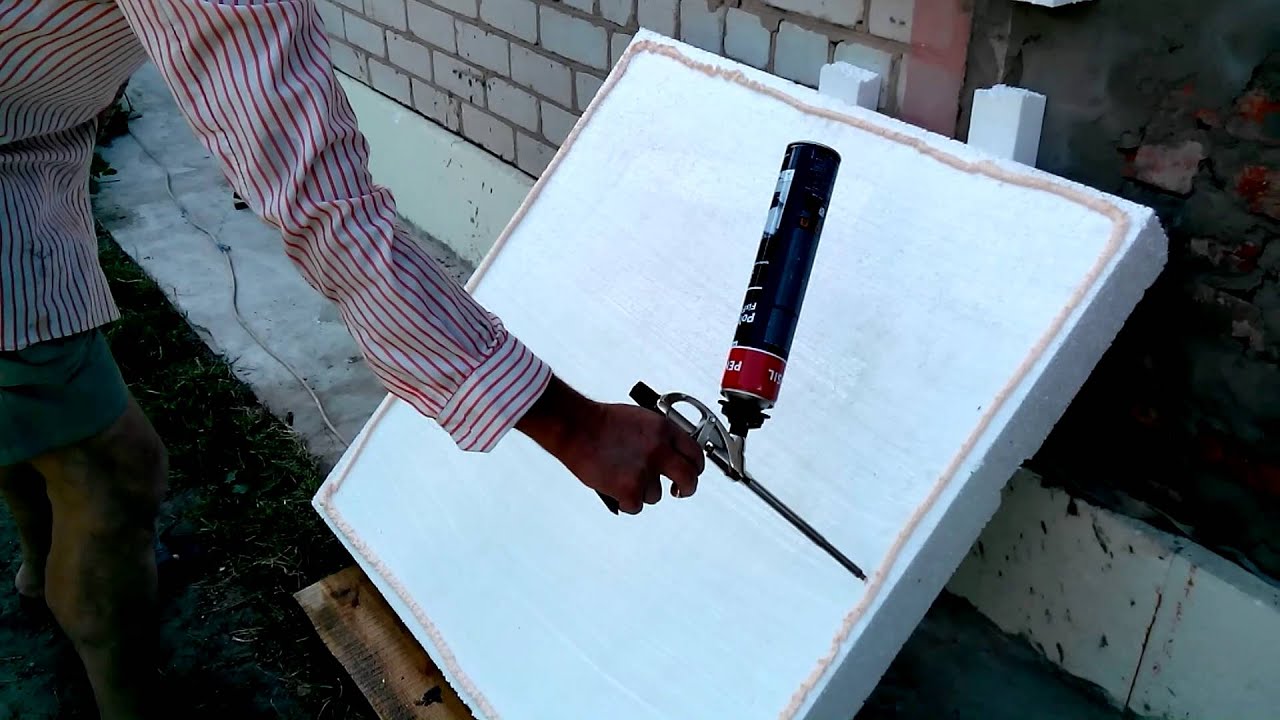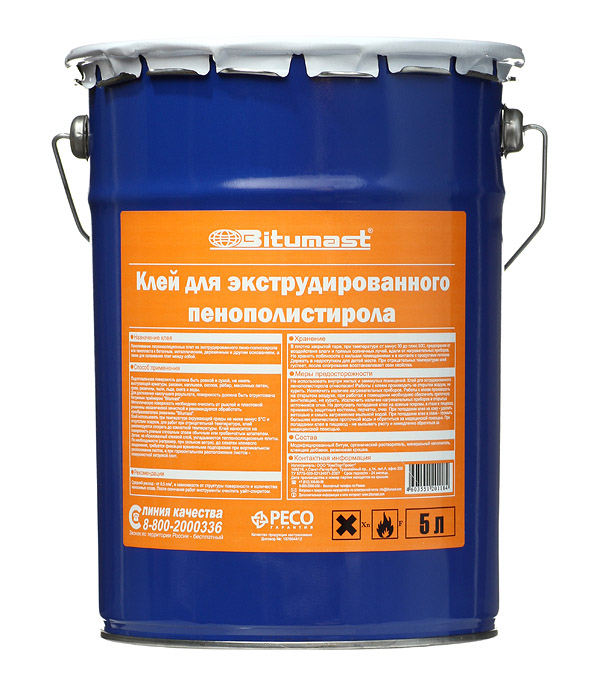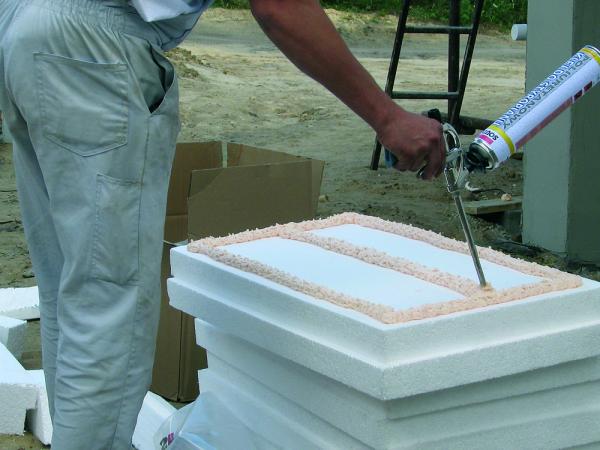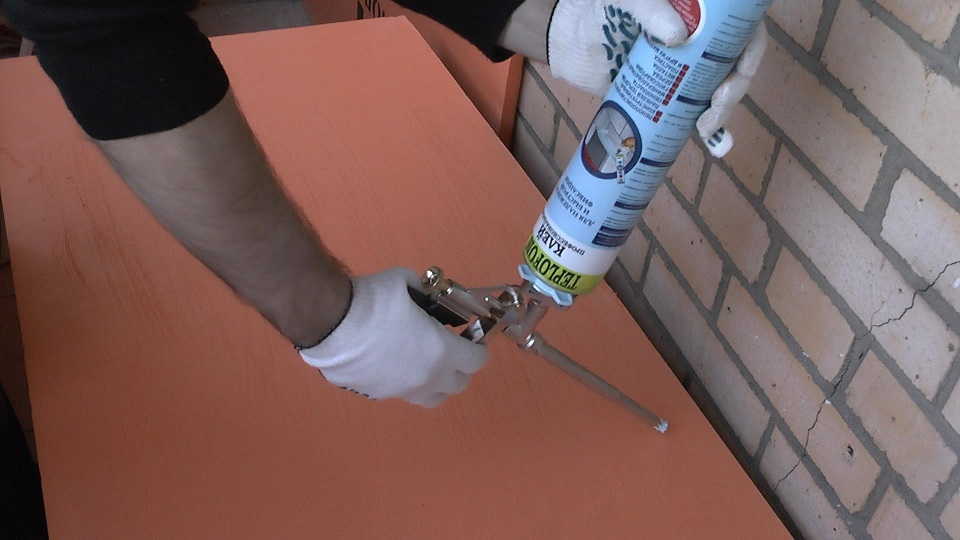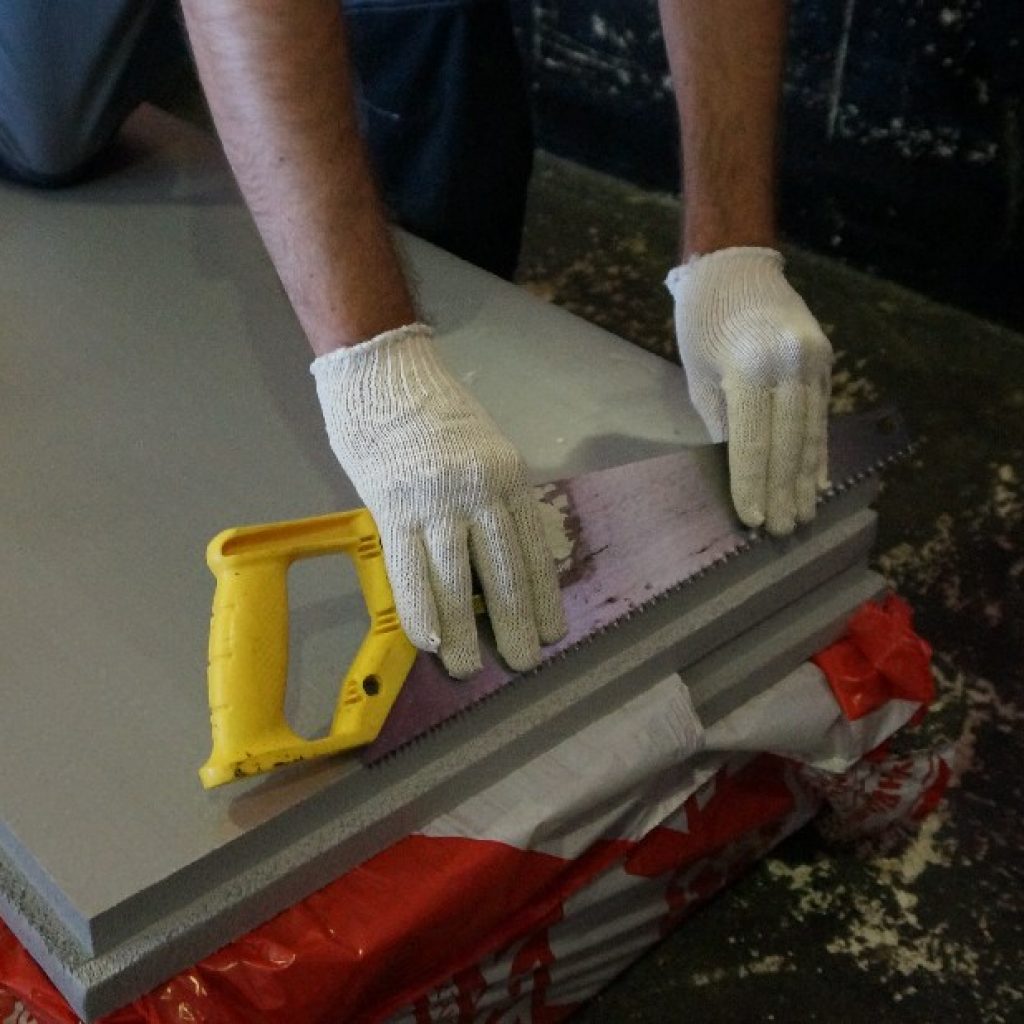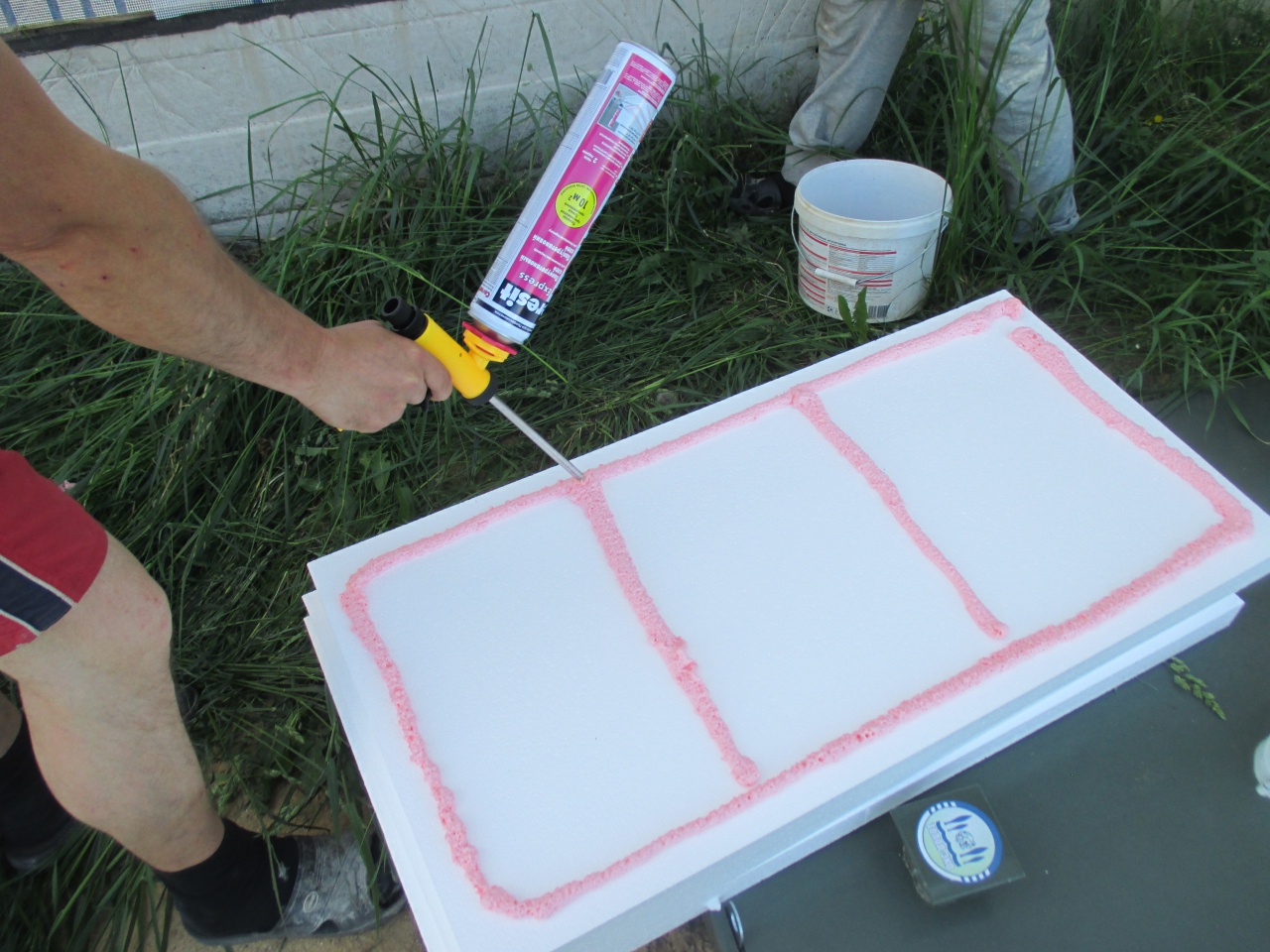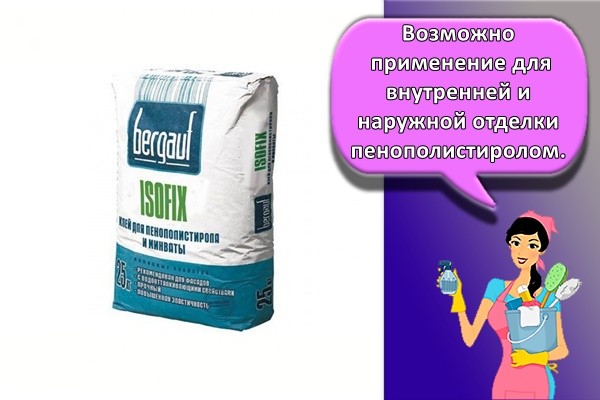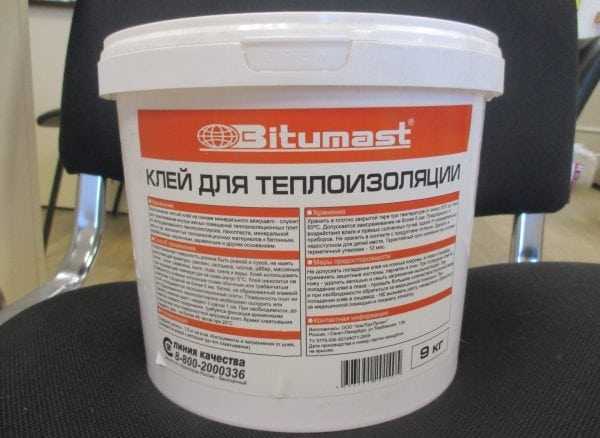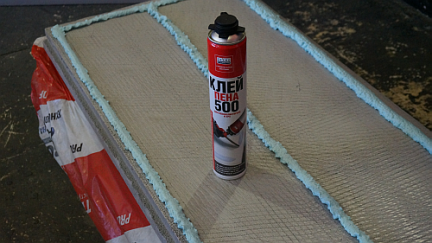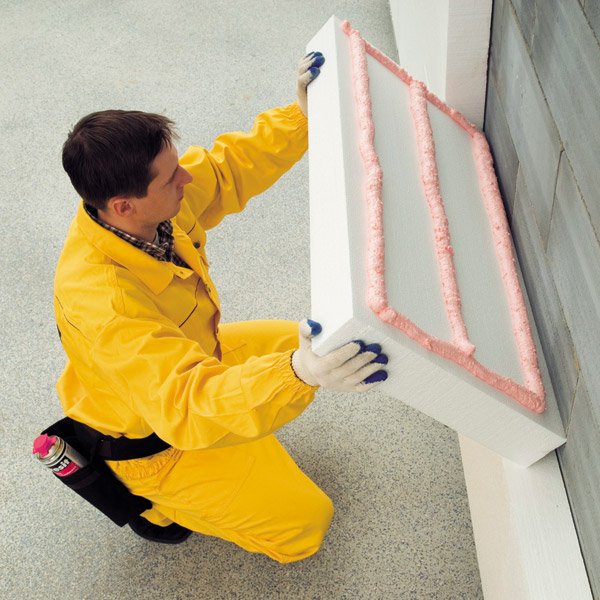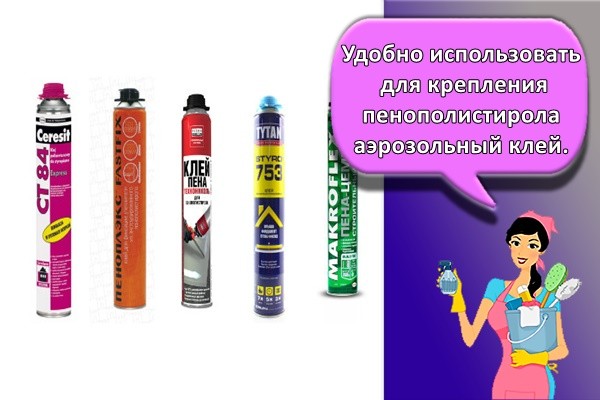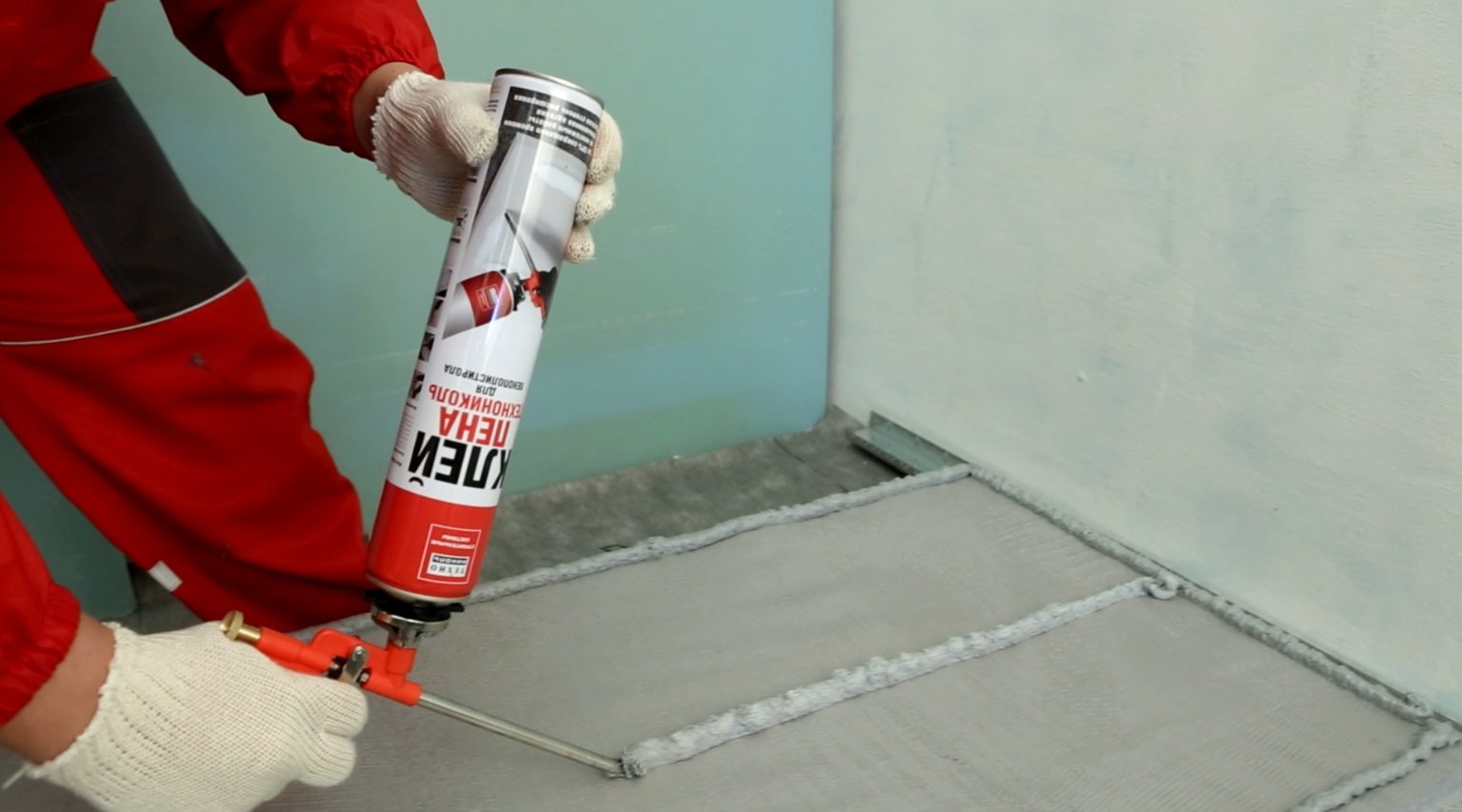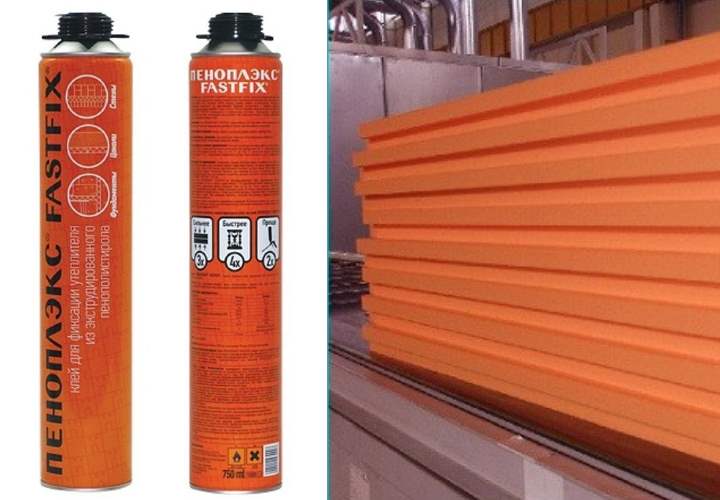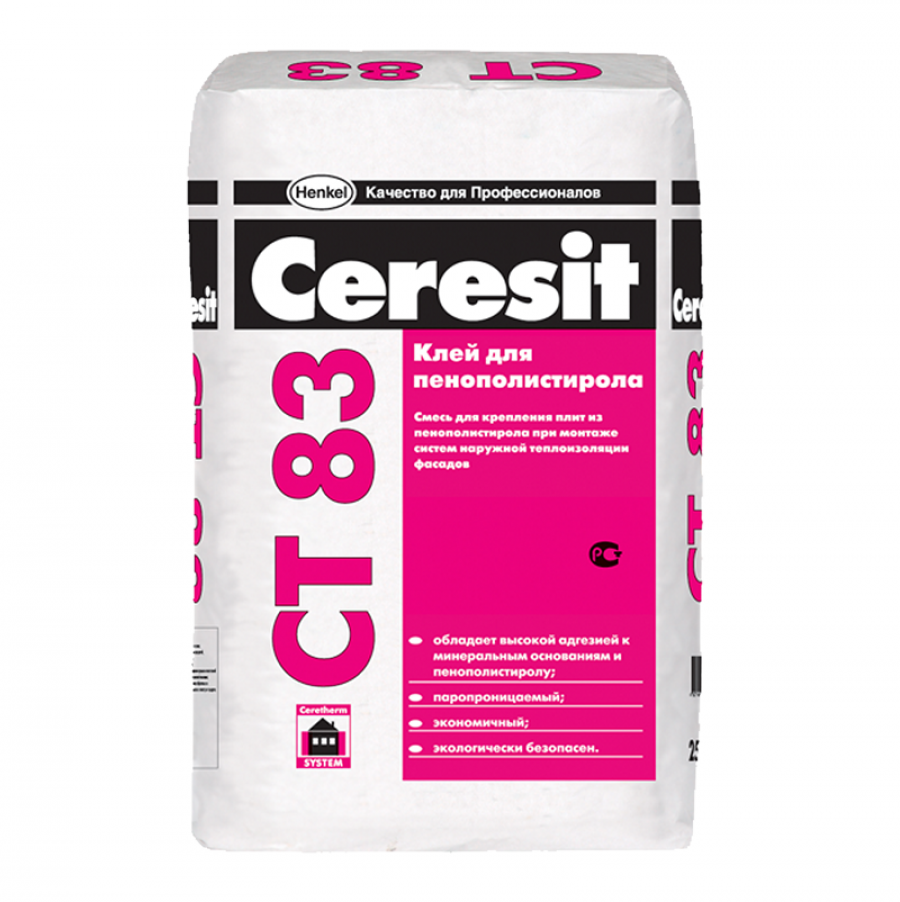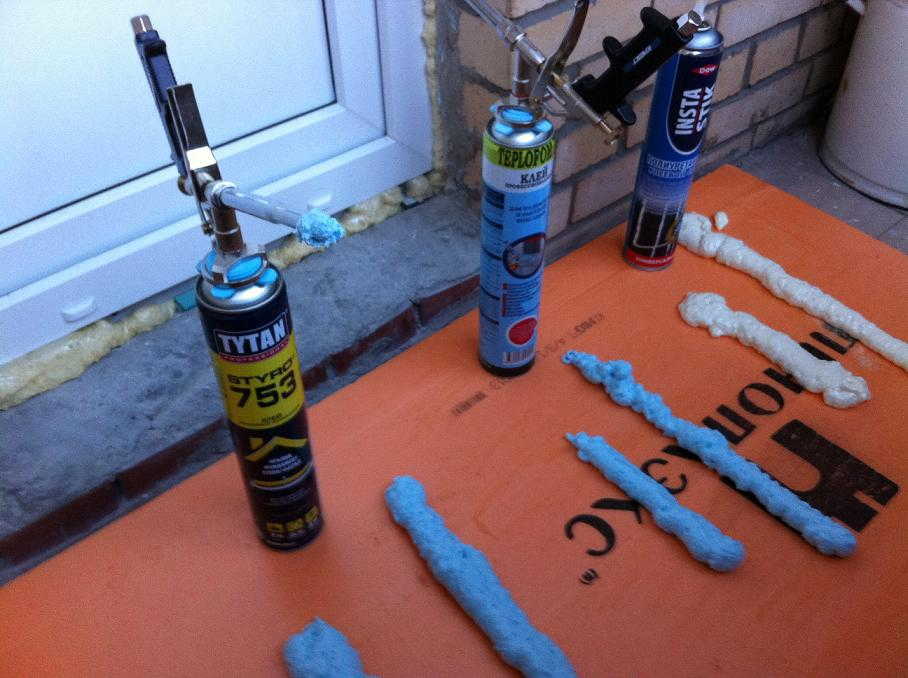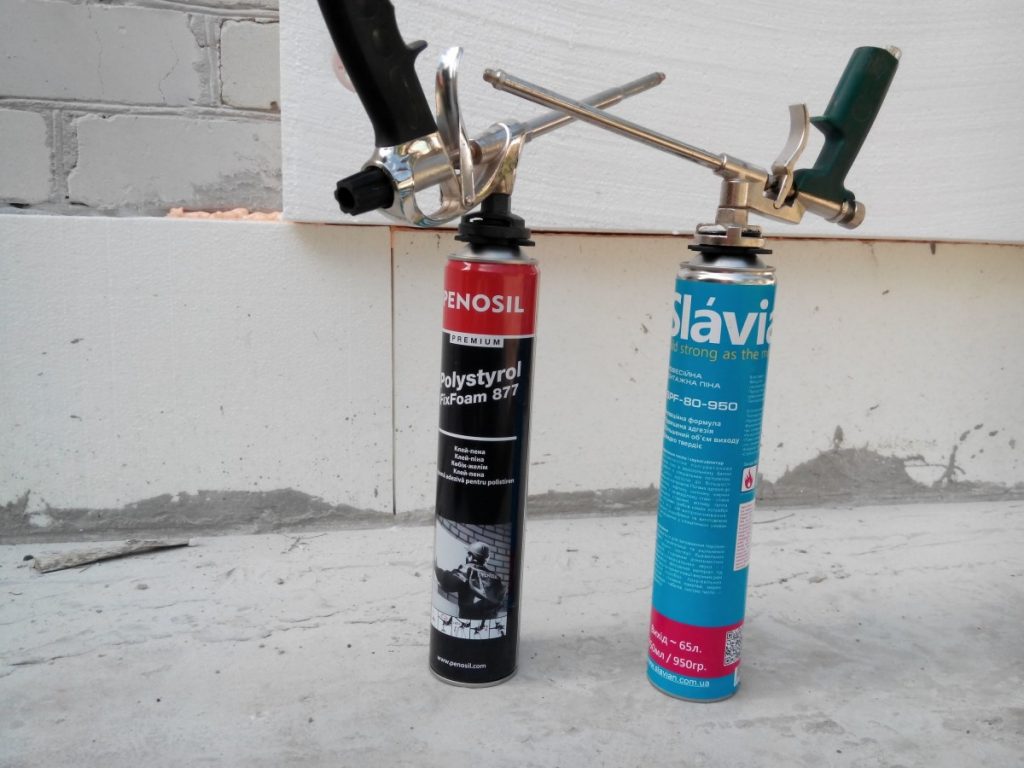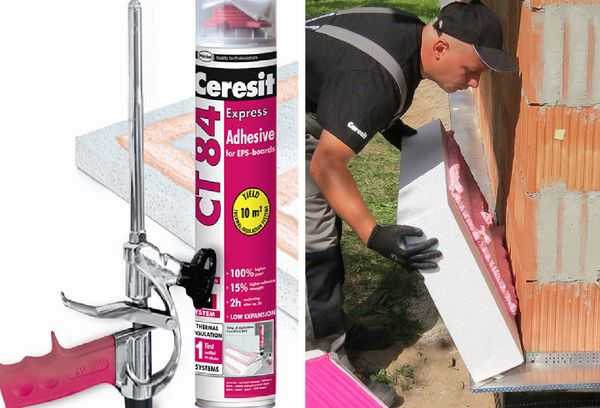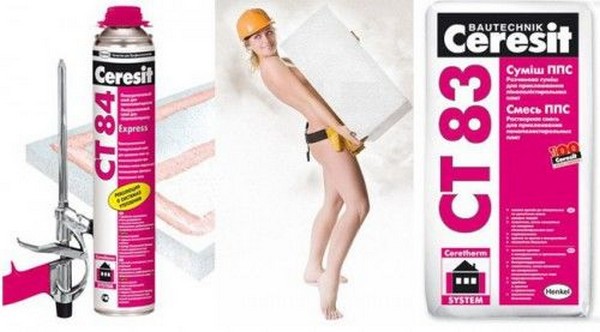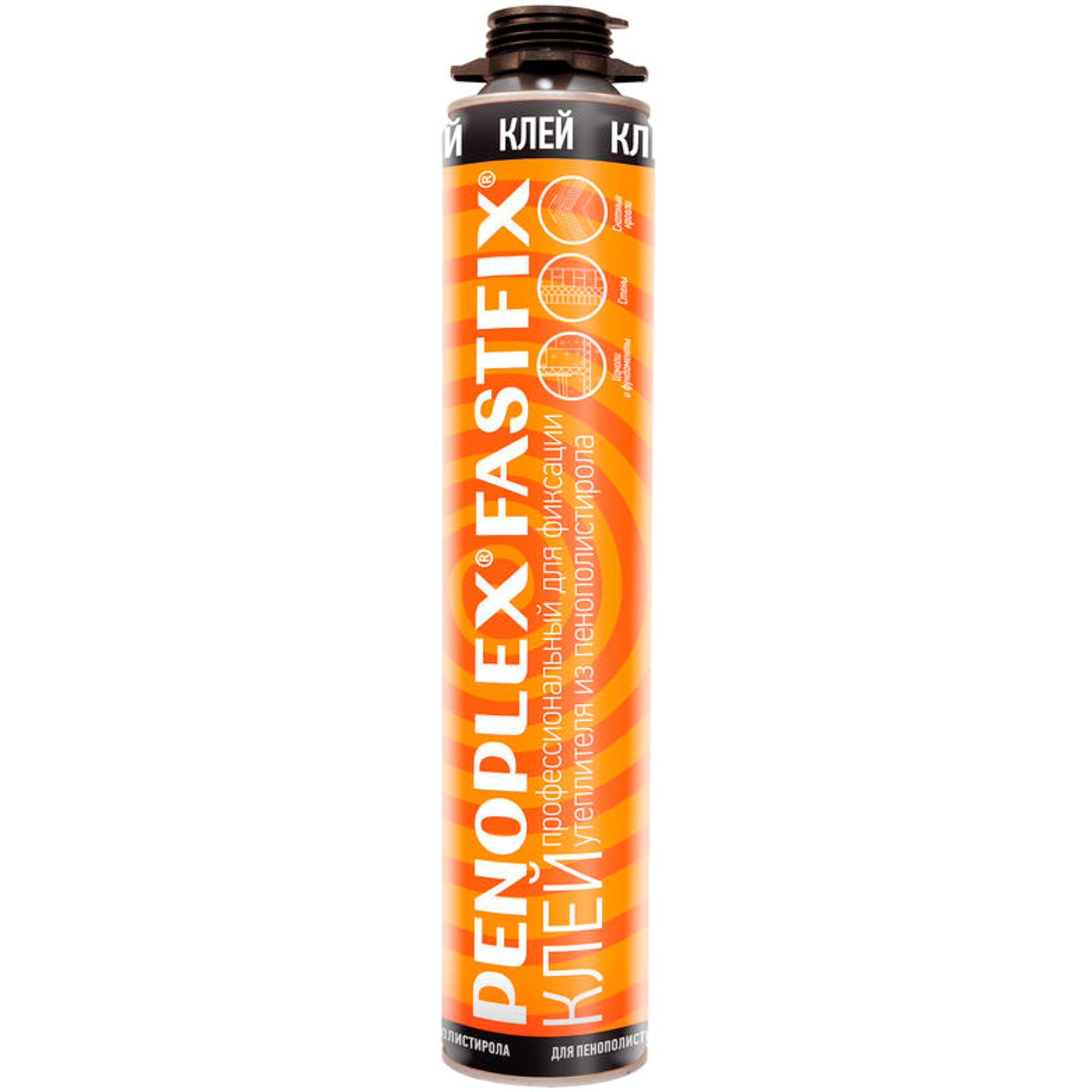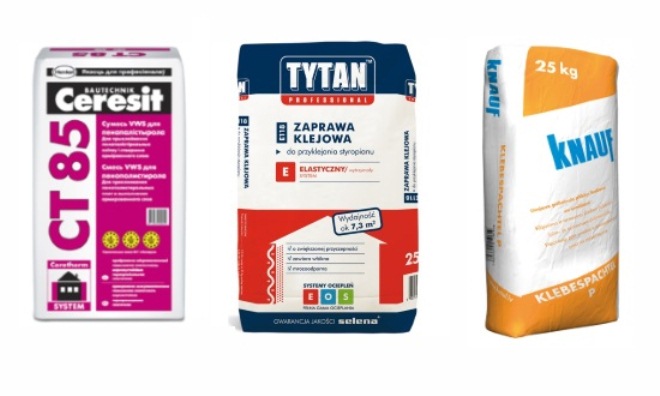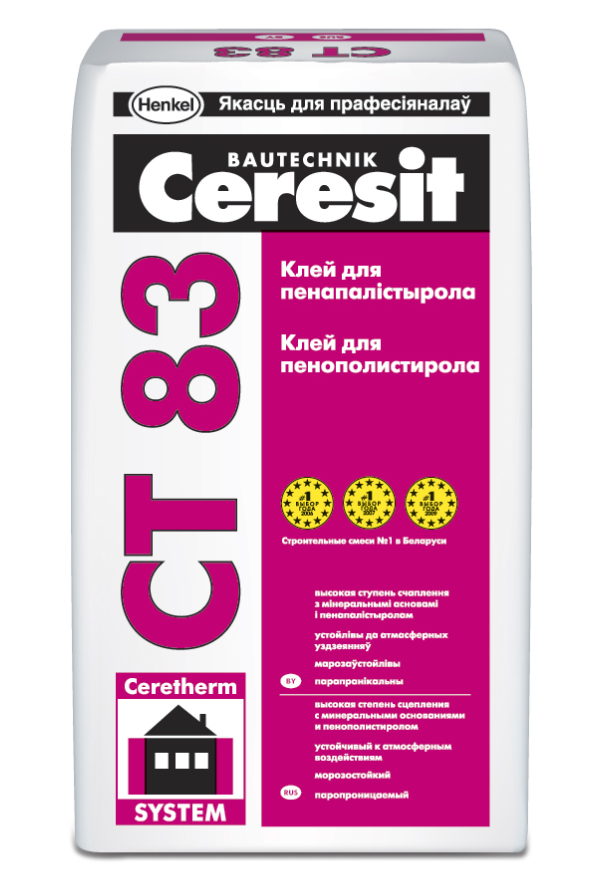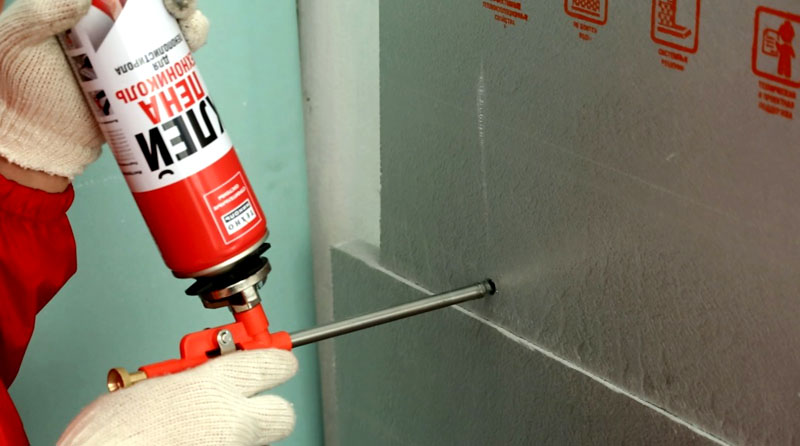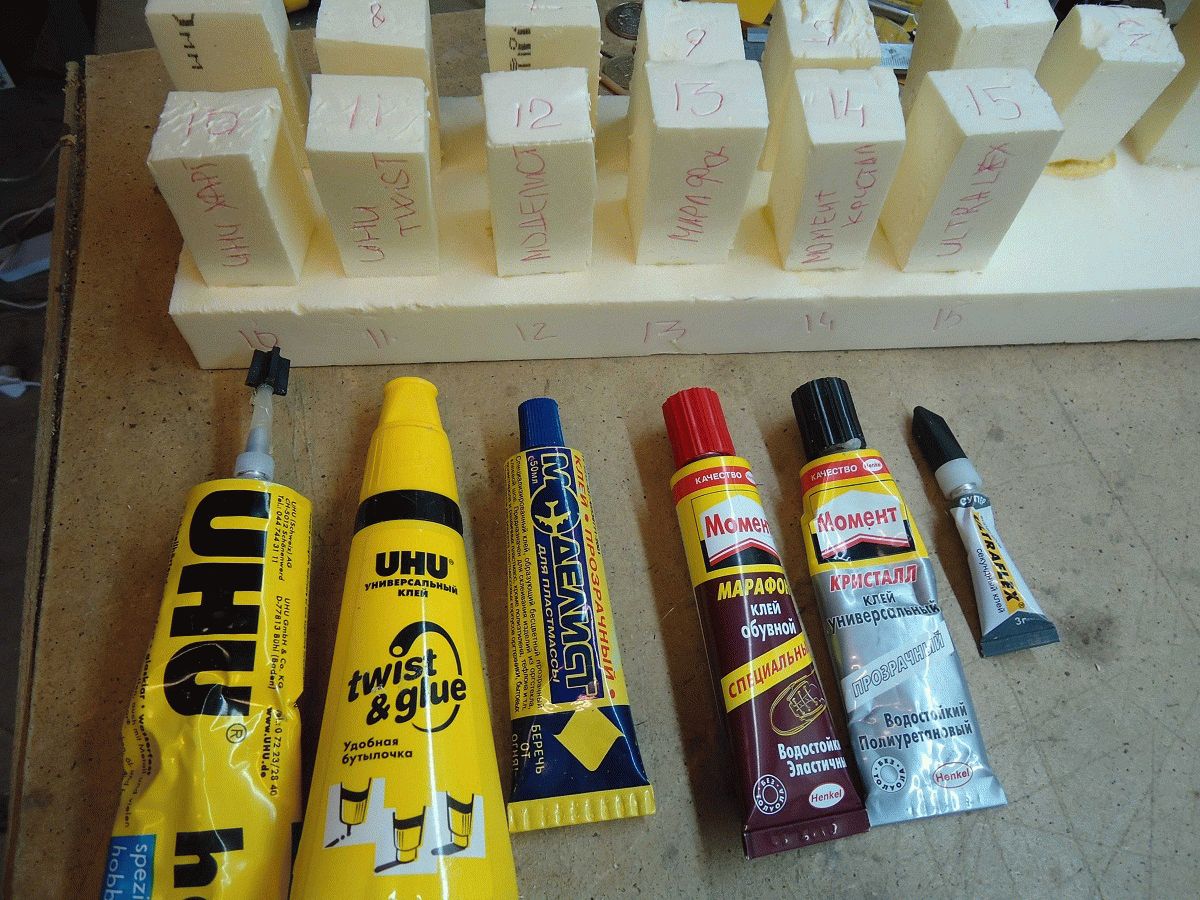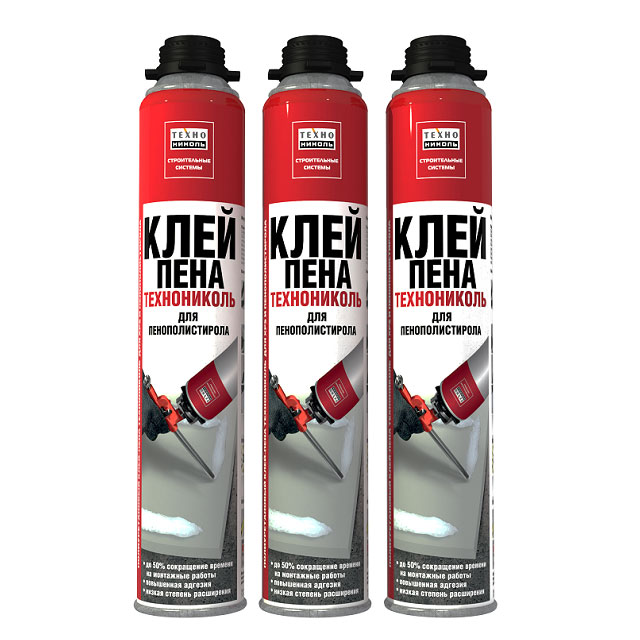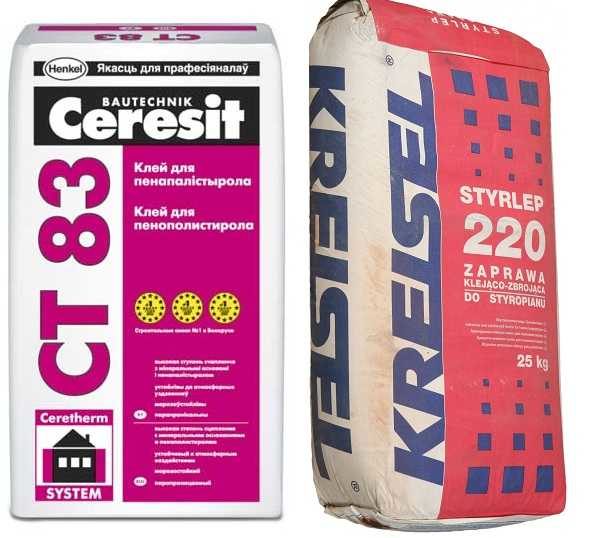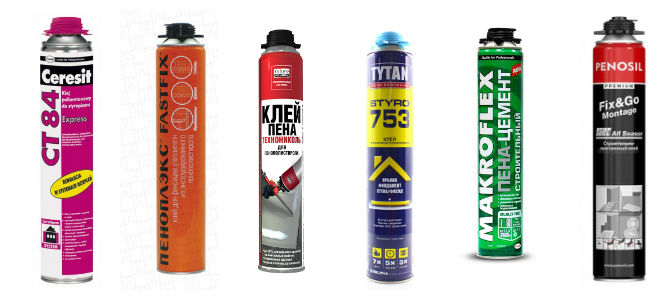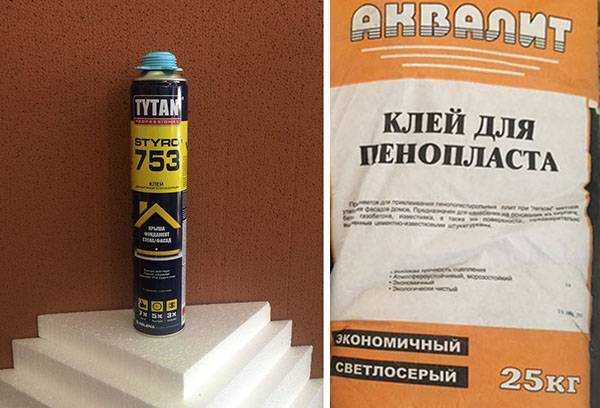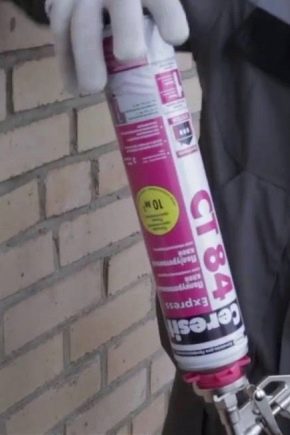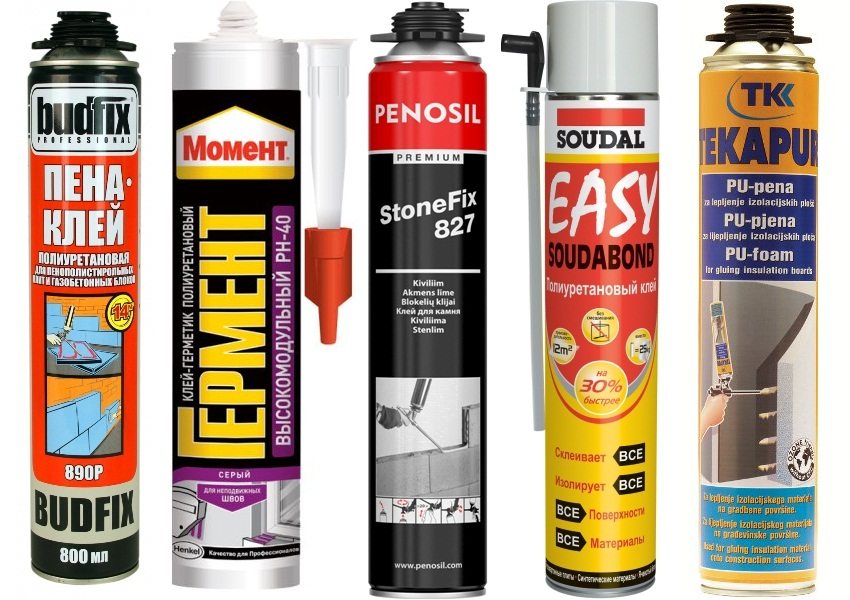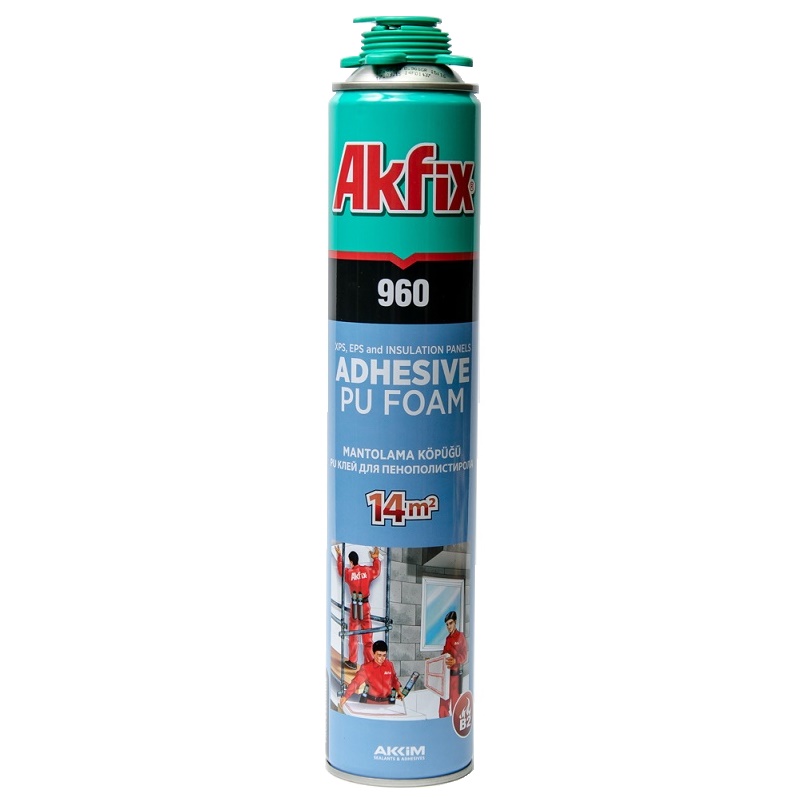Material characteristics and adhesive indications
Among the offers of the profile market, with the help of the recommendations of specialists, it is easy to choose an actual option for effective gluing of foam plastic to each other. Polyfoam - foamed plastic - is made on the basis of various building polymers in the form of polystyrene, polyurethane, polyvinyl chloride, polyethylene. The material is characterized by low specific gravity and impressive heat resistance parameters. These properties are due to the fact that the cellular structure provides for an air mass of 98% of the total volume.
Foamed polymers are relevant in the manufacture of finishing resources, insulators, packaging products. Modern technologies also make it possible to use foam as construction materials. It is used to cast decorative elements for the interior and exterior, produce packaging for furniture, technical equipment and food products, and produce structural panels.
Installation of foam products is carried out mainly using the technology of gluing elements. This allows you to create a monolithic structure in which surface integrity defects are excluded.
The mechanical method of joining is sinning with the possible formation of cracks, cold bridges or other hidden problems, while when gluing foam elements together, any threats of this kind are leveled.
3 Application technology - how to properly glue the penoplex?
To carry out the installation of extruded polystyrene foam using foam glue, you will need some additional materials and tools:
- front primer;
- dowel-nails;
- facade paint roller;
- puncher;
- hammer.
Before proceeding with the installation of insulation, it is necessary to prepare the surface of the walls. If there are peeling and crumbling areas of the plaster, it is imperative to get rid of them. Otherwise, the boards will fall off along with the old finish, and no glue will help.
Next, the walls need to be cleaned of dirt and dust. They can be wiped with a damp cloth or even washed with a hose. But after that, they must be dried. The surface is then primed to improve adhesion and strengthen the wall. Apply the primer in a thin, even layer using a roller or brush. After the first layer has dried, they are primed again.

Now you can start gluing. A can of glue is prepared like this - shake thoroughly and screw a gun onto it. The composition is applied to the insulation along the perimeter with a continuous strip and in the center along the slab. Within ten minutes after applying the foam, it is necessary to attach the board to the wall, slightly press down and level it in all planes.
Already two hours after gluing, you can start installing the dowels. They are necessary for additional fixing of the insulation. To install a nail, you need to drill a hole through the slab and hammer the fasteners into it. The dowel caps should be slightly recessed. Each slab is fixed with at least five "umbrellas".
If the insulation is carried out in two layers, the second layer of plates is glued to the first in the same way. The only thing is that the insulation of the second layer should be positioned with an offset to overlap the seams of the first.
That's all there is to know about foam glue when installing extruded polystyrene foam. The main thing - do not forget that you can apply any glue, including polyurethane foam, only on clean surfaces. Therefore, prepare the walls well and wipe the slabs themselves if there is dust on them. Feel free to get to work, we wish you success!
Plastering technology

Materials and tools that will be needed for plastering polystyrene foam boards:
- primer for PPP;
- brush or roller;
- adhesive plaster mix for PPS;
- cement-sand mortar;
- decorative plaster for PPP or paint;
- fiberglass reinforcement mesh with a density of 145-160 g / m2;
- perforated plaster corner;
- spatulas large and small (width 10 mm and 450 mm);
- construction grater or sandpaper;
- hacksaw or needle roller;
- container for solution;
- mixer.
Work order:
- Remove dust and dirt from expanded polystyrene plates
- Apply with a roller or a brush a primer for PPP.
- Make diagonal notches on the plates with a hacksaw or a needle roller - "comb out" the insulation. This is necessary for better adhesion of materials.
- Cut the reinforcing mesh into strips along the entire height of the wall (for single-storey houses). If a multi-storey building is plastered, then the length of the mesh is chosen based on the convenience of working with it.
- Prepare a glue mixture in a volume of no more than one bucket. The solution must always be fresh.
- Glue the perforated plaster corner to the corner. Instead, you can use a section of the mesh folded in half.
- Apply on the wall a layer of mortar 2 - 3 mm thick to fix the mesh. Its stripes are glued with an overlap. Therefore, the width of the adhesive mixture should be 10 cm less than the width of the mesh section.
- Press the mesh into the mortar with a spatula. Move from top to bottom and to the side. The mesh must be completely covered with plaster mixture.
- Apply a strip of adhesive underneath the next section of mesh.
- Glue the mesh section in the same way as the previous one. Thus, cover the entire surface of the walls with a reinforcing mesh.
Make sure that the joints of the mesh do not fall on the joints of the expanded polystyrene boards.
- After the first adhesive layer on the mesh has dried, wipe it off with a damp construction float in a circular motion. It is not necessary to strive for perfect smoothness. This will impair the adhesion to the next layer of the plaster mixture.
- The walls are again treated with a deep penetration primer. Ceresit CT 17 or Knauf Izogrund will do.
- After the soil has dried, they proceed to plastering with a cement-sand mortar. I use the same tools - a large and small spatula. The thickness of the second layer is 3-5 mm.
- After the base layer has dried, wipe the wall surface again with a moistened float or sandpaper. If traces of circular movements remain, then you can wipe the second time with straight lines. With the last grout, you need to achieve a perfect result. This will make it easier to apply decorative trim.
- Apply another layer of primer under the finishing layer of the polystyrene foam boards.
- Paint over dried plaster or cover with decorative plaster mixture.
Plastering of polystyrene foam boards is the best way to protect them from adverse weather conditions and create an attractive appearance of the walls of the building. The technology for applying plaster to expanded polystyrene is quite simple, you just need to remember the main rule: you need to use a reinforcing mesh and attach it to the EPS using special adhesive mixtures. This will ensure the durability of the entire facade finish and create the basis for the decorative coating.
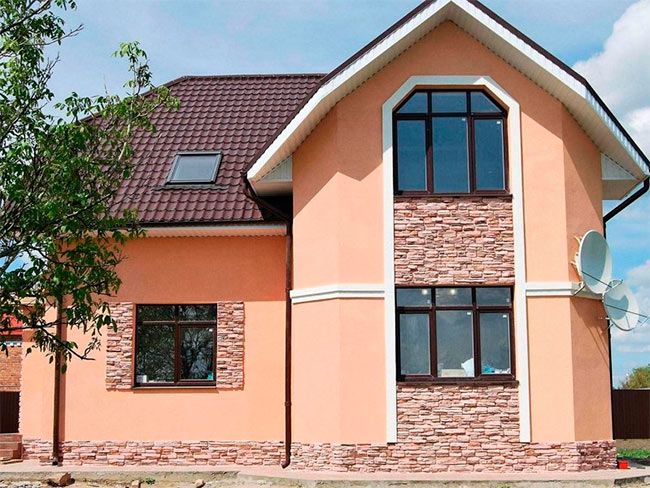
Procedure
The process of attaching foam to building surfaces is simple, it is carried out in several stages.
Surface preparation
The glue is in good contact with a clean and even surface, therefore, before working on the foam board and base, you should brush off dirt and dust particles with a dry cloth.
Preparing the glue
It is most convenient to use an assembly gun. A balloon is inserted into it: screw it in, fixing the handle, pointing the valve up. The pistol is held so that its firing hole is not directed at a nearby person or animal.After screwing on the cylinder, the pistol is shaken and directed to the surface to be fixed.
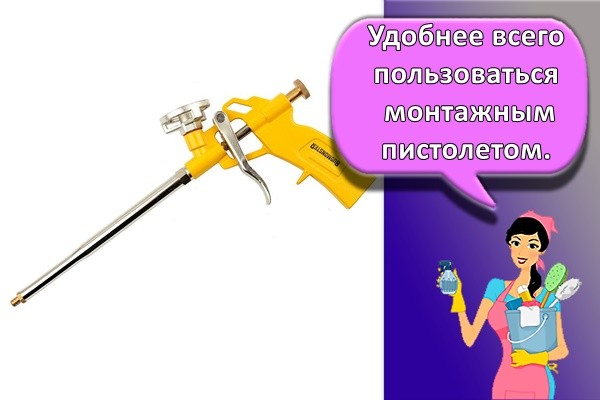
Application
To achieve good adhesion, the glue is applied in an even thin layer. If a strong bond is not required, then it is enough to squeeze out several stripes or drops in different places of the plate. If the slab is large, you can use a brush for application.
Gluing
The oiled plate should be left for a couple of minutes, only then applied to the surface, kept pressed down for about 20 seconds. In order for the gluing to be strong, the foam must be pressed gently, but with sufficient force.
Installation rules
Plates are glued as close to each other as possible. The gap between them should not be more than 2 mm. The foam that has emerged after pressing down the expanded polystyrene is cut off with a knife. If outdoor work is carried out in winter, then the cylinder is immersed in a container with warm water for several minutes or left in a heated room for a couple of hours.
Application of polyurethane glue
One-component polyurethane adhesive is used for bonding foam boards as well as extruded polystyrene foam. Mounting adhesive for expanded polystyrene is used in works on external insulation of walls of houses. The composition of the adhesive contains polymers of isocyanates, which are characterized by a high level of viscosity, which contributes to rapid initial setting. As a result of the reaction of moisture in the atmosphere and isocyanates, the adhesive hardens.
Polyurethane foam adhesive, advantages:
- high level of adhesion (adhesion) to polystyrene foam and to the base;
- convenience and ease of use;
- foam for fixing expanded polystyrene allows you to work at lower temperatures than with dry adhesive mixtures;
- the use of glue contributes to a significant reduction in the time required for wall insulation.
Consumption of this type of glue: one cylinder is enough for gluing a polystyrene foam plate with an area of 5-6 m2.
How to prepare the base for pasting with polystyrene foam?
- The substrate must be free of dirt and substances that reduce adhesion: fats, oils, paint and varnish coatings. For removal, use solvents or pressurized water. Dry the surface after exposure to water.
- The base must be strong, as determined by tapping it.
- If there is fungus or moss on the surface, we clean it with a steel brush, then we treat it with fungicidal preparations.
- If the base consists of a highly absorbent material (silicate blocks, aerated concrete, aerated concrete), the surface must be primed and allowed to dry.
Working with foam for fixing polystyrene foam
- We apply glue, stepping back from the edge of the expanded polystyrene 20 mm, along the perimeter and in one diagonal line.
- We apply a polystyrene foam plate, press it lightly.
- The position of the hob can be adjusted within 20 minutes.
- The gaps between the boards should not be more than 2 mm, the boards must be glued in the same plane.
- After 2 hours, you can fix the expanded polystyrene with expansion dowels.
Classification
Adhesive for extruded polystyrene foam is not the only product sold in any container. The fact is that glue for expanded polystyrene can be produced in completely different variations. There are three main variations in which polystyrene foam glue is produced, let's take a closer look at each of them.
Note! Now we will talk about the option of using this material as a heater, and not some kind of decorative element or ceiling covering. For this reason, only the glue that is suitable for this purpose will be considered.
Bituminous glue
The first option, which will now be considered, is practically unknown under that name. In fact, bitumen in this mixture performs only one role - it knits the entire mixture, and other components allow gluing this facade insulation.
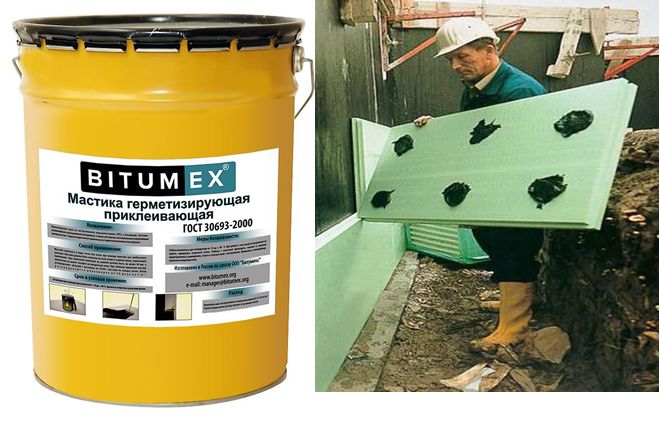
As for bitumen and its function, it is excellent for such a mixture, because this material is very well suited to foam plastic, and it is also reliable and incredibly durable.
The glued thermal insulation material will also be reinforced with waterproofing properties, if, of course, you prefer such an adhesive. If we analyze in detail the properties of surfaces, then we can conclude that bituminous glue is best suited for metal and concrete.
Let us also mention another important advantage of this option. We are talking about a fairly high speed of mixing the glue, since this process will take only a few minutes.
And for this you will not need to use any special tools.
Cement-based polymer adhesive
It is worth considering the possibility of using such a cement-based glue, it is also perfect for gluing polystyrene foam. The advantage of such a mixture is much higher adhesive properties.
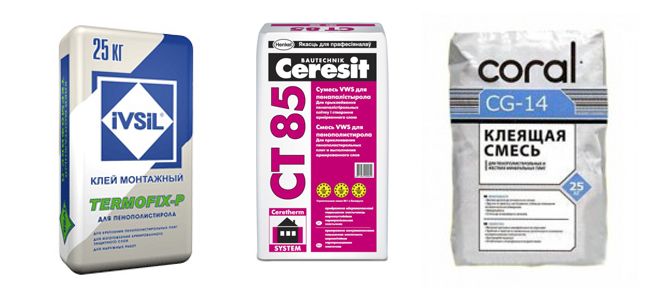
For this reason, this option is suitable for gluing almost any materials, and the finished structure will hold for a long time and reliably. We also note that you do not need any complex additional tools for this.
We must not forget that this glue is considered almost universal, because it is also used in many other construction processes. For example, it is perfect for ceiling tiles, which are very demanding on adhesion properties.
Polyurethane adhesive
Let's consider such an option as polyurethane adhesive for expanded polystyrene. If expressed in understandable phrases, this means special foam, or rather, foam glue. A similar foam is used for all the same work related to the fastening of the considered insulation to the facade of the building.
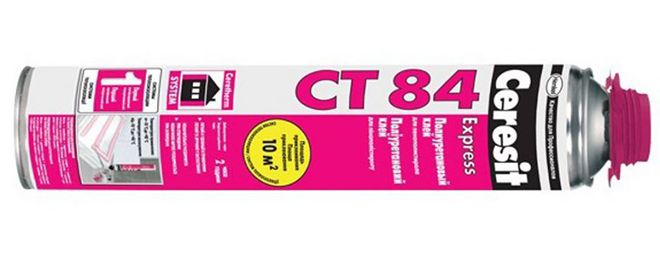
Foam helps provide better properties than conventional blends previously discussed.
It is important to understand that you will not have to breed it yourself, because the foam is distributed in the cans intended for this. As for the gluing method, the answer to this question is simple - you need to use an ordinary assembly gun
It should be understood that such a foam is a ready-made composition. In order to carry out the installation, you just need to apply polyurethane glue to the plate with a pistol, and then install it.
Note! Installation of the considered insulation is quite simple. For the correct execution of all work, you will need to follow the instructions on the packaging or label!
What else can you glue?
- Among the variety of adhesives suitable for expanded polystyrene, styrofoam adhesive can be distinguished, which is also used for mounting polyurethane and foam. Among the positive features of the product, one can note the reliable fixation of the material to concrete, plaster and most wood-containing substrates. The products have a wide range of applications, therefore they are allowed to work both indoors and outdoors. In addition, after complete drying, the material can be additionally treated with dyes or varnish.
- A reliable adhesive composition provides good fixation of raw materials, however, some craftsmen use improvised means in working with expanded polystyrene, for example, liquid nails or tile mastics. Often, silicone sealant is used for mounting the material. However, when choosing such compositions, people do not take into account the fact that such solutions most often corrode the material.
- Sometimes you can use double-sided tape to glue the raw material onto a small surface. But this method allows you to fix the material well only if the base is small. Otherwise, this installation option should not be considered.
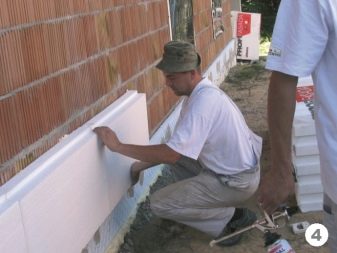
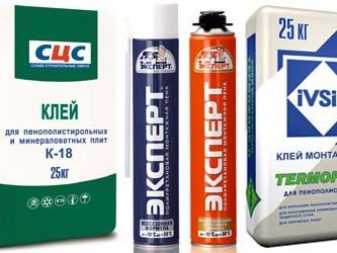
For information on how to properly apply glue-foam using TechnoNICOL as an example, see the next video.
A few words about penoplex
To begin with, let's bring some clarity to the concepts. What is penoplex, which will be discussed in the future?
Rigid polystyrene-based insulation can be divided into two large groups. Although the initial raw materials are the same, differences in production technology result in materials with rather serious differences in some technical and operational characteristics.
According to one of the technologies, polystyrene granules swell under the influence of temperature and steam, becoming air-saturated balls. This mass is poured into a compact in predetermined forms, the balls literally stick together, forming the material that is known to everyone under the name of ordinary white foam.
Foamed polystyrene granules and insulation boards obtained as a result of pressing them.
The technology captivates with its simplicity and low cost, which, in principle, predetermines the mass production of polystyrene (there are probably small enterprises in any more or less large city), affordability, and, accordingly, the popularity of this insulation.
Meanwhile, he has quite a few very serious shortcomings. Many of them can be eliminated during the production of insulation using a different, more advanced technology.
This technology involves the complete melting of the raw material with the subsequent introduction of a foaming agent into it. The resulting foamed mass is passed under pressure through the molding nozzles of a special extruder. And then, solidifying, it forms a strip of the required thickness, which is further cut into blocks of standard sizes.
Extrusion line for expanded polystyrene insulation boards.
As a result of such processing of raw materials, a homogeneous gas-saturated mass is obtained, each cell of which is isolated from the neighboring ones. This gives an even predetermined density, a pronounced low coefficient of thermal conductivity, increased durability, resistance to mechanical stress, temperature extremes and moisture, more noticeable resistance to fire. In short, the material is more perfect. True, this also affects its cost - it is not an example more expensive than ordinary foam.
Even with the naked eye, a significant difference in the structure of extruded polystyrene foam from ordinary white foam is visible.
Extruded polystyrene foam (EPS or XPS) is also supported by the fact that, due to the higher complexity of the technology and the need for special expensive equipment, large enterprises are mainly engaged in the production of such insulation, and not semi-handicraft workshops. That is, the likelihood of purchasing a low-quality or even dangerous material for use in housing construction that does not comply with either GOST or even TU is much lower.
Due to its numerous advantages, a higher level of safety of use, and despite the "loss" in affordability, EPPS is becoming more and more in demand. The zealous owner will choose him.
One of the leaders of the domestic market in the production of insulation materials based on extruded polystyrene foam is the Russian company "Penoplex". Its products are in great demand and are well known both on the territory of the Russian Federation and abroad.
Insulation boards of the Penoplex company are of a corporate orange color.
The range of the company includes slabs that can be used on almost all construction sites.
Of course, Penoplex is not the only manufacturer of such thermal insulation. Many well-known companies (for example, TechnoNikol or Knauf) also offer such heaters in their assortment.But it so happened that, at least among domestic builders, the name of the company "Penoplex" has become a household name, slightly transformed. And now very often all plates of extruded polystyrene foam are called penoplex.
How to plaster extruded polystyrene foam - technology
If the insulation plates are installed on the walls of the building, it is necessary to close them with finishing as soon as possible. Professionals recommend doing this immediately after the glue on which the material was fixed has dried.
Calculations
It is better to buy material for plastering with a margin. I would not like to run for an additional bag in the midst of work. But how do you know how much materials you need? For this, a simple calculation is carried out:
- calculate the area of the walls to be treated without taking into account window and door openings;
- on the packaging of the decree, the approximate consumption of the mixture per square meter. For different compositions, it fluctuates in the range of 4-6 kg;
- we multiply the specified value by the treated area and get the required amount of the mixture;
- add another 10% to the resulting value - this will be the final amount.
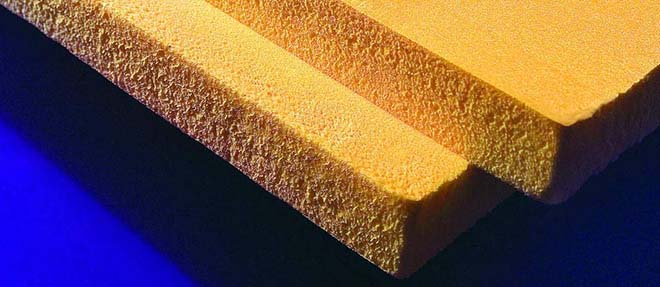
Preparation of plaster mix
Usually the manufacturer provides instructions for preparing the solution, so be sure to study the packaging and recommendations. If you are plastering polystyrene foam for the first time, do a small batch first to get used to the solution and the process of execution.
- The dry mixture is poured into the container.
- Add water in small portions.
- You can mix by hand, use a hammer drill with a nozzle or a construction mixer.
- When the consistency is completely satisfied, leave the solution to ripen for 5 minutes and mix again.
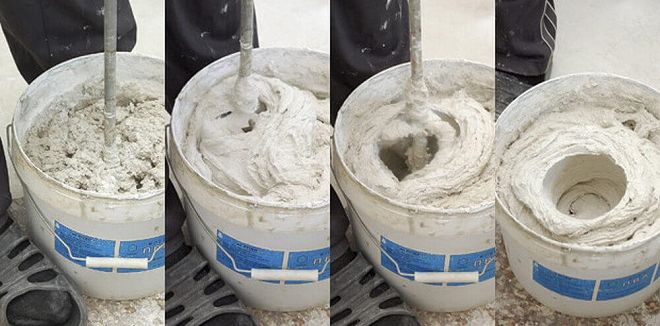
In some cases, it is necessary to make the solution a little thinner than indicated in the instructions.
Pasting with reinforcing mesh
The first step is to process the corners and slopes. To do this, cut the reinforcing mesh into strips so that on both sides of the corner there are 10-15 cm of material.
- a thin layer of mortar is applied to both sides of the corner;
- apply a mesh and smooth it out from the corner so that the material is completely deeper into the solution;
- if the length of the piece was not enough, an overlap of 10 cm is made, you cannot glue it into the joint.
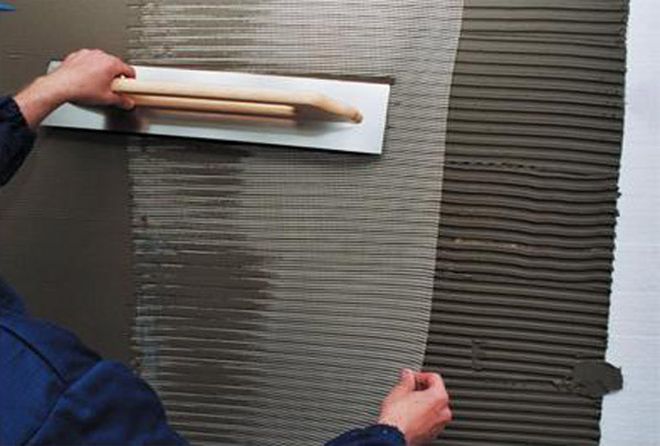
Next, proceed to the total area of the wall. They work in the same order:
- The wall is covered with a solution.
- The width of the strip is slightly larger than the size of the reinforcing mesh.
- Apply the material and smooth with a wide trowel or trowel.
- The next layer of the mesh is on the previous one, by 10-15 cm.
Grouting plaster mesh
The first layer should dry completely. After that, the surface is treated with a grater with emery paper, with light circular movements. This will remove minor irregularities and help to use less leveling mortar.

Surface leveling
We prepare a new solution and proceed to leveling the plastered polystyrene foam. Now working with a wide trowel:
- a small amount of solution is collected on a wide spatula;
- arc movements from top to bottom are applied to the wall;
- layer thickness no more than 3 mm.
Make sure that the surface is as flat as possible.
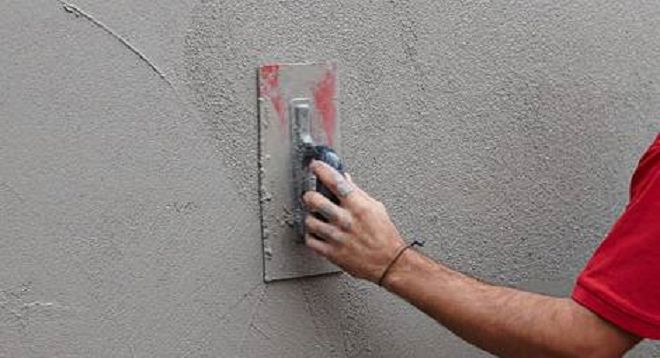
Grouting the second layer
Grouting is started only after the layer is completely dry. They work with the same float with sandpaper. It is only necessary to select small grain in order to remove small flaws. Otherwise, you can just ruin the whole work.
Primer
This step should not be neglected. If you do not cover the base with a primer, then the decorative layer will either be poorly applied or quickly lose its attractiveness. The composition of the primer depends on the finishing method:
- Further decorative plastering - a composition is used in which there is quartz sand, it helps to increase adhesion.
- Coloring - composition without sand, makes the base even smoother.
Finishing
Having chosen one or another finishing method, they act clearly according to the plan provided by the manufacturer.Both painting and decorative plaster have their own nuances and methods of applying the material. Therefore, you will have to study a few more articles to figure out how to do everything right.
Polyurethane foam adhesive
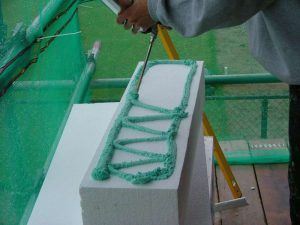 This glue sets within 10 minutes.
This glue sets within 10 minutes.
Polyurethane foam is a very high quality and reliable adhesive for bonding extruded polystyrene foam to various surfaces. Grasping it after being applied to the surface of the material is no more than 10 minutes.
To stick expanded polystyrene on a surface of 10 m2, one can of foam is enough, while the consumption of the adhesive mixture on this surface is from 20 to 25 kg, depending on the type of mixture and the quality of the surfaces to be glued. For more information on how and how to glue foam, see this video:
The use of polyurethane foam glue has the following positive aspects:
- economical spending;
- does not emit harmful substances when used;
- dries up after 2-3 hours;
- does not require additional surface preparation;
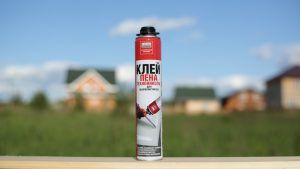 Polyurethane foam composition has a high price
Polyurethane foam composition has a high price
With the help of foam, the process of pasting surfaces with extruded polystyrene foam is quick and easy. The disadvantage of this method is the high cost of polyurethane foam glue.
The standard consumption and capacity of packaging and containers in which the adhesive for foam and expanded polystyrene is supplied can be selected according to the data indicated in the table:
| Name of glue | Capacity | Consumption per 1m2 |
|---|---|---|
| Bituminous glue | 1 to 50 l | 1 to 1.5 kg |
| Polymer-cement | Bag 20-25 kg | 4 to 5 kg |
| Foam glue | Balloon 75-100 ml | 100 ml |
Mineral adhesives
Mineral-based adhesives are composed of cement, gypsum, alabaster. They harden very quickly and must be applied immediately. The glues are mixed in small portions. Outside the premises, only cement compositions are usually used, products with gypsum components are suitable for interior work. The setting time is long, up to 1.5-4 hours, so it is possible to correct flaws.
The disadvantage of the compositions is that the base must be primed well beforehand, wait for complete drying, otherwise the connection will not be strong. Also, the disadvantage is the need for dilution, to obtain a high-quality homogeneous mixture, a construction mixer is needed.
The most popular brands of mineral adhesives:
- Ceresit CT 83 - used directly for gluing foam, suitable for any substrates, pull-off force - 500 KPA, high frost resistance class.
- "Atlas Stopter K-20" - has an increased pullout force (600 kPa), viable for 4 hours, consumption - 4.4 kg / sq. m, the composition contains special reinforcing fibers.
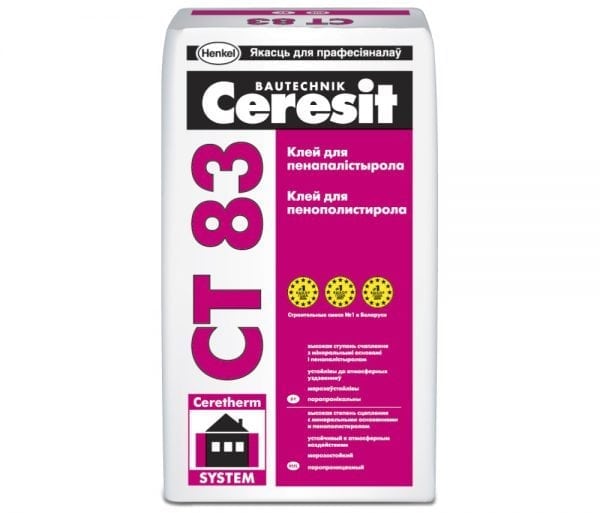
Funds of this type are sold in bags of 5-25 kg and cost about 300-500 rubles. for 25 kg. If the frost resistance class F50 is indicated on the bag, the product is suitable for interior work. F100 class means that the boards can be glued outdoors.
Overview of adhesives
Adhesives for indoor and outdoor use differ in composition and characteristics. They can also have a different consistency, be sold as a dry or ready-to-use mixture. The only property that all types of glue have in common is the prohibition on the inclusion of any solvents. Contact of gasoline or acetone with a heater is unacceptable, because these substances can burn through it.
As for glue-foam, this type of product is very convenient for use due to its ease of application. The ready-made composition includes all the necessary components that allow you to quickly and efficiently glue the products. However, it should be borne in mind that this glue dries very quickly. It is used most often as a single-use product.
Dry formulations allow you to use them several times, mixing the mixture in portions, as needed.
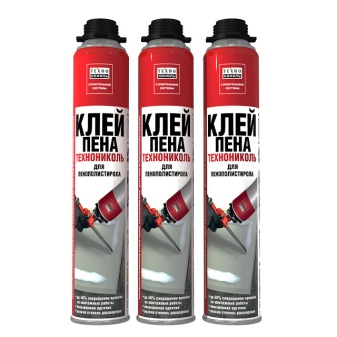
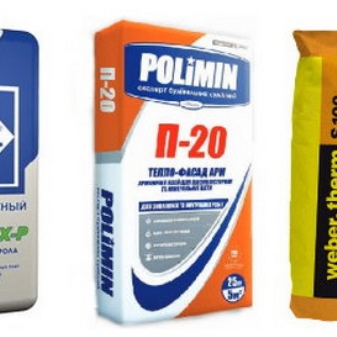
Adhesive foam for outdoor use has a polyurethane base and is sold in cans, which simplifies the application of the composition to the sheets of material.Unlike bituminous products, it dries quickly, so there is no need for material supports. The tool is gaining strength after a couple of hours.
Adhesives designed for working with polystyrene foam plates can be divided into two types:
- dry products;
- polyurethane solutions.
The differences between these groups lie in the method of breeding, packaging, appearance, and also the technique of processing the material.
In addition, EPS products can be categorized into split formulations and general purpose products. The latter type has a wider range of applications. Such compositions can not only perform basic functions, but also serve as a means for reinforcing slabs with a mesh. Their disadvantages include average quality characteristics. However, this disadvantage justifies the affordable cost of the product. For a more reliable installation, it is worth giving preference to adhesive solutions or mixtures of a narrow spectrum of action.
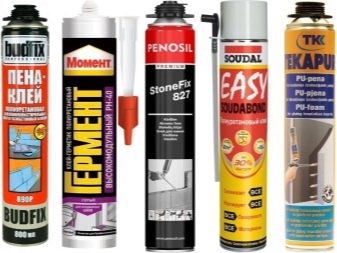
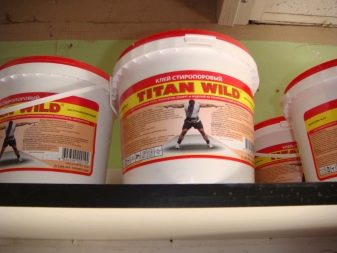
For outdoor work
The most suitable composition for external work with expanded polystyrene boards, bitumen glue can be considered, despite the fact that it contains a solvent. This component does not pose any danger to the insulation. The products are sold ready-to-use. To glue the surfaces together, bituminous glue must be applied to the wall.
Another popular type is cement glue, which is ideal for working with brick substrates, concrete and cinder block walls, as well as for fixing ceiling tiles. Typically, such a mixture is sold dry, and for preparation, the powder is diluted with water. The disadvantages of dry products include the fact that it takes some time to dilute the glue to the desired consistency. However, the cement-polymer composition and low cost make the product very popular. It is suitable for those cases when extruded polystyrene foam is used as insulation.
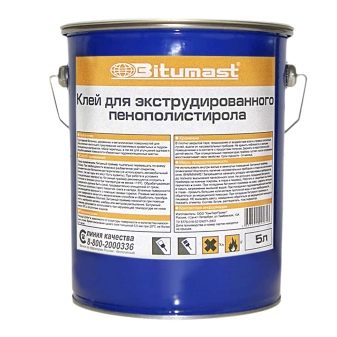
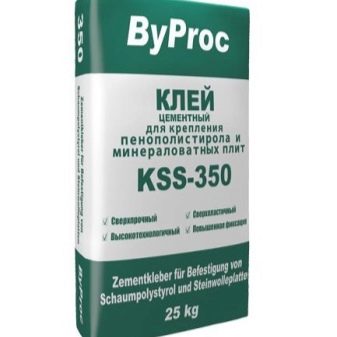
In room
When installing polystyrene foam boards indoors, it is necessary to use compounds that meet the following requirements:
- high level of adhesion;
- lack of toxic substances in the composition;
- resistance to temperature fluctuations;
- quick installation and minimal smudges.
In apartments and houses with a constant positive air temperature and minimum humidity, the boards can be glued to the surface using PVA glue. In rooms where the humidity is high enough, it is better to use rubber-based glue. Such products are excellent for working with metal, plastic, concrete, wood and ceramics.

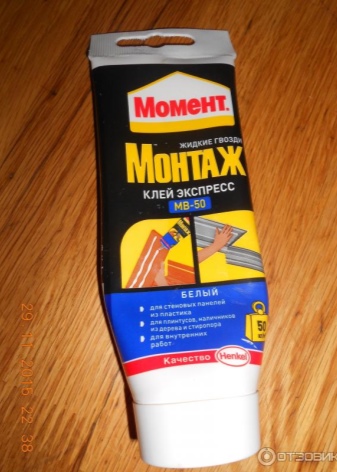
Dry gypsum mix can be used for surfaces with base defects. This group includes Knauf Perflix glue. This is a completely natural product that is intended for indoor use only.
When working with decorative elements and ceiling surfaces, it is worth stopping the choice on water-soluble compounds. Such products are white, so they can hide as much as possible all existing seams and joints between sheets of material.
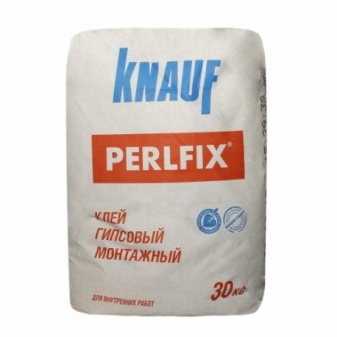

Wall insulation outside
Insulating your favorite walls as if from the outside would be a reliable and correct solution. This will save you from freezing in winter and sweltering heat in summer. Installation of polystyrene foam on the wall is carried out in three different options:
- Adhesive for this material.
- On fasteners called fungi.
- Frame.
As for the glue, there are two types. The first is a dry mix, like tile adhesive. It is prepared according to the instructions, by adding water and stirring. After that, you just need to apply to the wall and glue the expanded polystyrene. The second option is foam, which is applied on flat surfaces with a pistol. Since this material is very fragile, you need to work with it carefully so as not to break.If there are plans, then it is necessary to carry out with the application of glue to the entire large surface of the sheet. Necessarily so, and not with small flip flops and stripes.
Fungi are very similar to ordinary dowels, but with a cap to hold the sheets of insulation. They must be plastic. Because they do not undergo corrosive processes and to exclude a cold bridge passing through the nail. With their help, the house is completely lightweight and absolutely reliable.
Very rarely, insulating the walls with their own hands, they make a frame of wood. It is attached to the wall. It looks like a lattice or stripes; expanded polystyrene is installed inside it. But this option is not reasonable. With the equal width of the beams and foam, parts of the wood let in a lot of cold, since a cold bridge is formed where the slats are attached. This option is well suited when the finishing material for the facade is subsequently attached to the slats.
What is the best way to glue the foam to the ceiling and concrete?
In this case, it is better to choose quick-setting gypsum mixtures, liquid nails or polyurethane glue. When installing products on ceiling structures, two factors are taken into account: the plates will have to be held by hand and poor adhesion of polystyrene foam to any building materials. Mineral-polymer dry mixes and polyurethane liquid or foaming compositions are well suited for concrete facades and foundations.
Optimization of material consumption
Glue prices are high, excessive application negates the cheapness of this insulation. At the same time, it is not recommended to reduce the consumption specified by the manufacturer, this leads to the products falling off the surface or distortion of the joints. The only option for reducing the total cost of costs is the high-quality preparation of the base, the level deviation should not exceed 5 mm, and the choice of the correct technique.
There is a clear rule - to ensure reliable adhesion, the adhesive must cover more than 40% of the panel area. The optimal pattern for uneven walls is a strip 3-6 cm wide around the perimeter (solid or long strokes) and finely applied inside. The minimum consumption is achieved when installing the foam on a surface with deviations in level of no more than 3-5 mm and spreading the solutions with notched trowels or using construction guns. Dry fast-setting mixtures are diluted in small portions, hardening compounds are unsuitable for fixation.
Tips for choosing an adhesive
The main criterion is the operating conditions: compounds with low moisture resistance are not used outside, and it is better not to use brands that emit harmful substances inside. Most of the varieties are universal, but nevertheless, checking the intended purpose is a mandatory initial stage.
Attention is drawn to the following parameters:
- consumption per 1 m2;
- date of release of products and shelf life of the material (relevant for dry mixes, the fresher they are, the better);
- temperature of installation and operation, most types do not allow gluing polystyrene in winter;
- moisture absorption and frost resistance (for outdoor brands);
- adhesion to work surfaces;
- vitality, time allotted for correction;
- ease of installation (in this regard, polyurethane adhesives definitely win);
- material prices.
The cost of adhesives for expanded polystyrene
| Brand name | Basis, recommended scope | Consumption for 1 m2 | Package volume or container capacity | Price, rubles |
| Tytan Styro 753 | One-component polyurethane adhesive for thermal insulation of external structures | 80-100 ml | 750 ml | 390 |
| Titbond (red tube) | Synthetic rubber for outdoor and indoor use | 300 mm per 10 m strip | 296 ml | 190 |
| Knauf Perlfix | Gypsum-based dry mix for indoor use | 1.5KG | 30 Kg | 280 |
| Glue-foam TechnoNIKOL | Universal polyurethane foam | 75 mm | 750 ml | 300 |
| Ceresite CT 83 | Dry mixture of minerals and polymers for external foam insulation | 3-8 kg (depends on the evenness of the base) | 25 Kg | 400 |
| BERGhome MK 35 | Cement-based adhesive with fine sand and modifying additives for outdoor use, suitable for installation in winter | 2.2-6.5 kg | 300 | |
| Ceresite CT 84 | Polyurethane adhesive, exterior insulation of buildings | 70-100 | 850 | 600 |
| Eskaro Styropor | Polyvinyl acetate, fillers and additives. For bonding material to internal surfaces | 0.6-1 l | 3 l | 520 |



